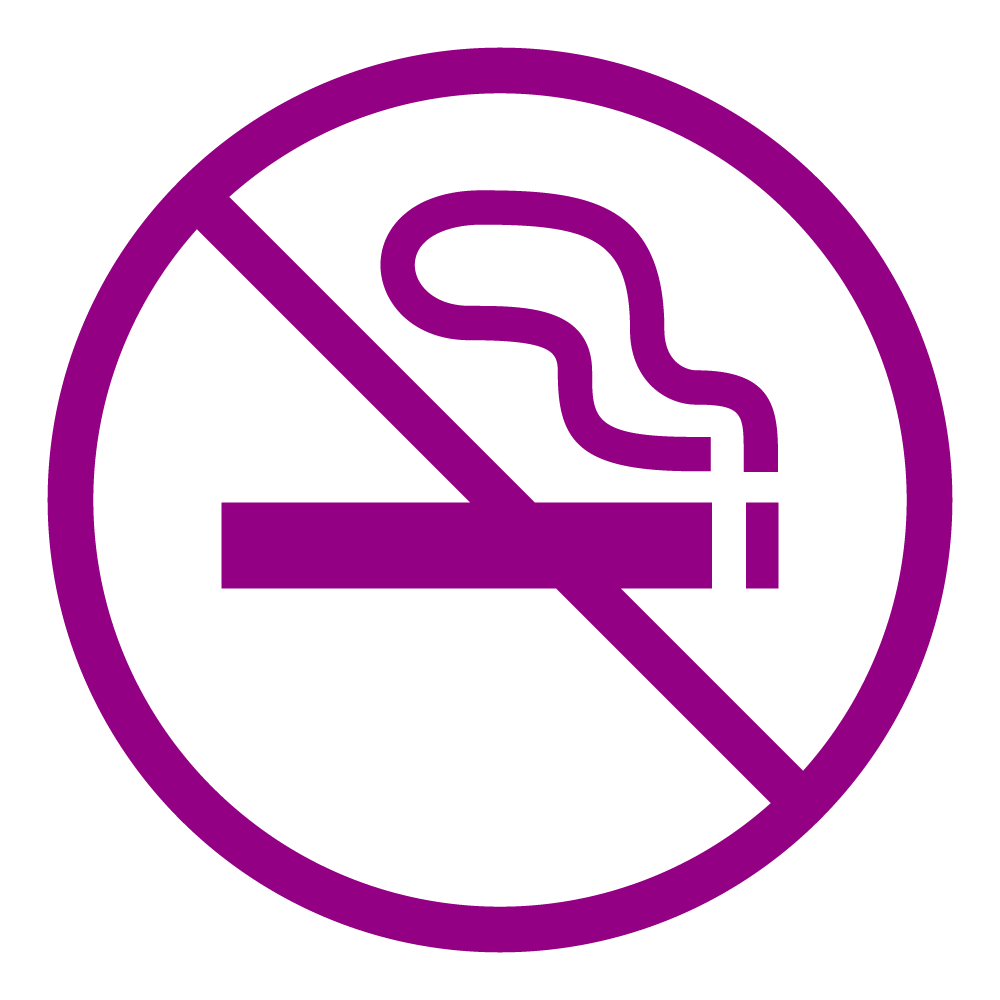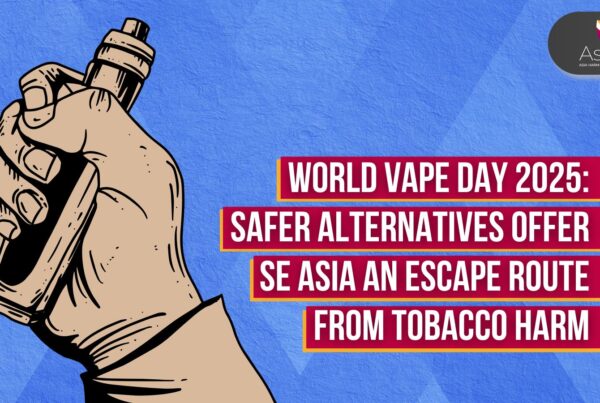
Tobacco harm reduction
policies are being embraced
by health authorities
around the world.
New Zealand and Japan are leaders in THR, acknowledging the positive role vaping plays in reducing smoking rates.

In Asia Pacific Middle East, they could help prevent over
1000000
of tobacco-related deaths each year
Benefits

Smoking cessation tool.
E-cigarettes are the choice method for quitting in some countries.
Cochrane Library

Prevents disease.
THR products are at least 95% less harmful than cigarettes.
Centers for Disease Control and Prevention (USA)

Saves lives.
Lowest rates of tobacco-related cancer in Sweden because of nicotine pouches (snus).
Levy D, Royal College of Physicians

Improves quality of life.
Ex-smokers breathe, smell, taste better and feel healthier after quitting or switching to THR products.
Consumer Advocates for Smoke-free Alternatives Association

Improves society.
THR reduces disease, lowers health costs and prevents loss of productivity.
National Institute for Health and Care Excellence
Nicotine Safety
- Nicotine is part of the reason why people smoke tobacco, but it’s the tar released from burning tobacco in cigarettes that kills.
- Nicotine is not a cause of cancer, cardiovascular disease or the respiratory conditions that many smokers suffer from. (Health and Social Care Information Centre)
- Nicotine itself is not totally risk-free, but it does not cause any serious illness.
- It has been widely sold in medicinal form called Nicotine Replacement Therapy (NRT) for many years.
What do the experts say?

“The first and foremost obstacle to Tobacco Harm Reduction in [India] is the lack of political will in articulating it in national policy and realizing its potential in a country like India with almost 300 million tobacco users. Followed by other challenges like the lack of awareness about Tobacco Harm Reduction.”
– Sree Sucharita, Medical Professor, Tagore Medical College and Hospital in Chennai

“From a public health standpoint, it is important to minimize risk…by advising on less harmful alternatives. For instance, use of injectable drugs bears the risk of HIV transmission, and to prevent HIV infection among people who inject drugs and their partners, the WHO, UNAIDS and other UN entities created a package of interventions including needle and syringe programmes, opioid substitution therapy, condom programmes, etc. The same concept can be extrapolated to a number of other ‘risky’ behaviours like tobacco smoking.”
– Dr. Girish Tyagi, President, Delhi Medical Association

“Many Asian countries remain very sceptical about tobacco harm reduction, and some have even banned alternative nicotine products. Regulators need to see that tobacco harm reduction is potentially the most effective solution to solving the smoking epidemic in Asia, and can complement existing tobacco control measures.”
– Ron Christian Sison, Lead Convenor, Harm Reduction Alliance of the Philippines

“The ‘quit or die’ approach in Indonesia does not work for some smokers. Therefore, it is time to consider the ‘quit or try’ approach; that is, try alternative nicotine products. We need to actively inform policymakers about tobacco harm reduction and the potential benefit of alternative nicotine products to public health.”
– Dr Drg Amaliya, Co-founder, Indonesian Public Health Observer Foundation

“We should adopt the harm reduction approach and actively prepare to research and regulate less-harmful tobacco products that can reduce the harm due to smoking.”
– Professor Moon Ok-rin, Seoul National University

“Evidence for the “gateway” effect — the increased risk of youths using Electronic nicotine delivery systems eventually becoming smokers — has been overstated and riddled with conjecture and assumptions. For example, the association between early use of vaping products and subsequent smoking does not necessarily mean that these youth would not have smoked even in the absence of Electronic Cigarettes.”
– Tikki Elka Pangestu, Visiting Professor at the National University of Singapore and former Director of Research Policy & Cooperation at the WHO

“There are compassionate and more cost-effective ways to reduce smoking prevalence. One of these is to encourage switching to a low-risk alternative… The use of e-cigarettes (vaping) has been found to be more effective than nicotine replacement therapy in enabling people to quit smoking”
– Marewa Glover PhD, Director, Centre of Research Excellence: Indigenous Sovereignty & Smoking, New Zealand
Dispelling the myths about nicotine
AsHRA recognises the critical role played by regulatory agencies, such as the US Food and Drug Administration (FDA) and its Tobacco Products (CTP) Education Campaign can play in addressing the myths and misperceptions about nicotine’s health risks.
According to the FDA, “most people know that cigarettes and other tobacco products are addictive, but many people do not understand the role of nicotine in tobacco addiction, disease, and death. Nicotine is what addicts, and keeps people using tobacco products, but it is not what makes tobacco use so deadly.
Tobacco and tobacco smoke contain thousands of chemicals. It is this mix of chemicals – not nicotine – that causes serious disease and death in tobacco users, including fatal lung diseases like chronic obstructive pulmonary disease (COPD) and cancer.”
Closer to our region, New Zealand has also adopted a more pragmatic approach to tobacco harm reduction. The Ministry of Health has recognised vaping’s role in decreasing smoking rates and actively encourages smokers who want to stop smoking by vaping to access stop smoking shops. The benefits of this are reflected in the decrease in smoking rates. The national smoking rate declined from 13.7% in 2019 to 10.9% two years later, with vaping rising from 3.5% to 6.2% over the same time period.

More about
Alcohol Harm Reduction
More about

